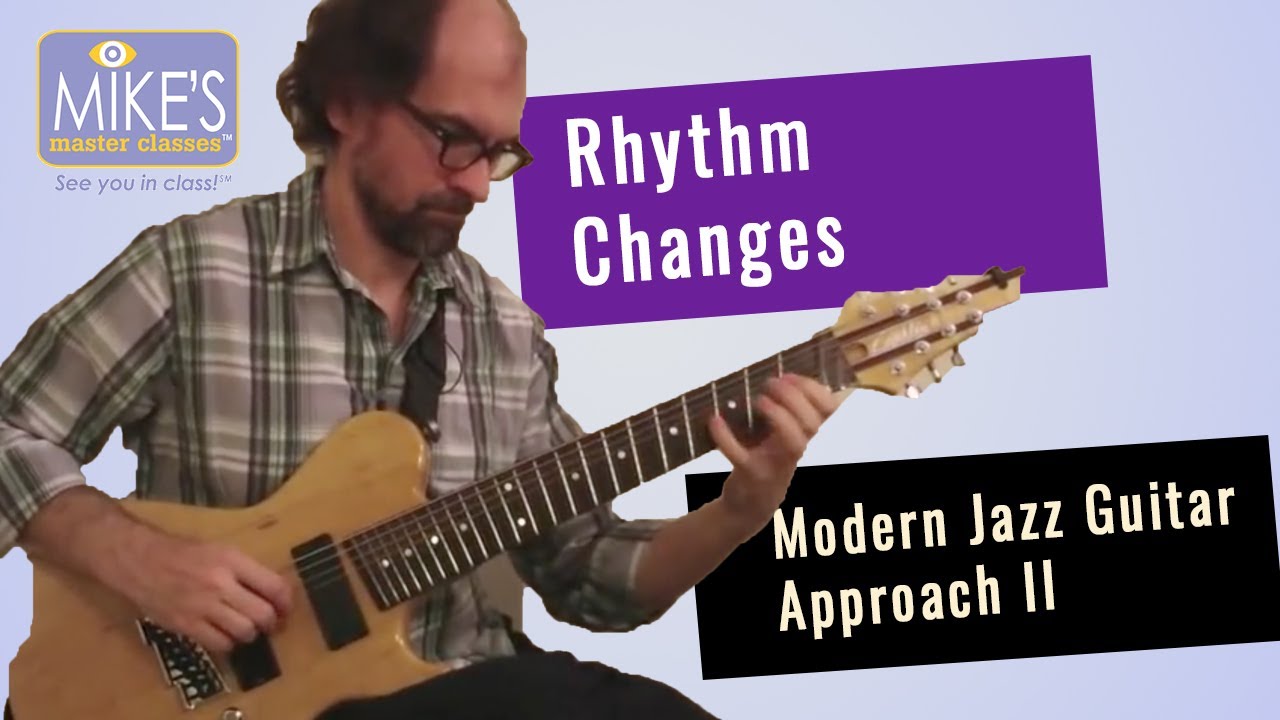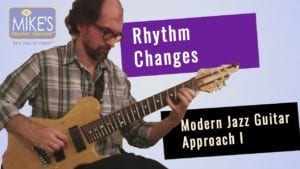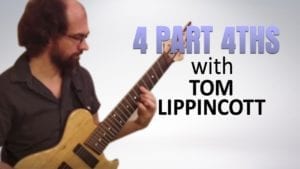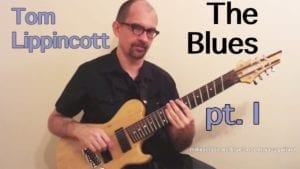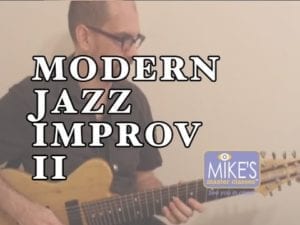Description
After the blues, probably the most played and most essential chord progression/song form in jazz is the famous “rhythm changes.” This chord progression, originally derived from George and Ira Gershwin’s classic “I Got Rhythm,” written in 1930, has been performed or recorded by countless jazz musicians.
The simple elegance of the song’s architecture became a favorite vehicle for improvisation and inspired many musicians to build their own compositions with all new melodies around the borrowed chord structure. At the same time, and especially during the bebop era in the 1940s, harmonic variations were woven into the song’s basic form.
Because of its historical significance and classification as a standard, any aspiring jazz musician will need to be familiar with rhythm changes and should work toward mastering its many variations.
Rhythm changes is considered to be something of a proving ground for young up-and-coming players due to the harmonic complexity of many of the versions and the fast tempo at which the form is often played. A new generation of musicians has reinvigorated jazz with fresh and innovative sounds and approaches, but rhythm changes continues to be an essential part of the modern style.
If you are interested in learning rhythm changes in a complete, logical, and thorough manner, incorporating modern elements while still maintaining a thread of the tradition when you play over the form, or gaining proficiency with playing this progression or others at up-tempos, then this class is for you.
In this class, the rhythm changes form will be explored in detail with the goal of applying modern jazz melodic, harmonic, and rhythmic vocabulary to the progression. First will be a brief survey of the structure and history of the form along with exercises for gaining mastery over the basic harmonies. Then, common mainstream approaches for melodic and harmonic variations on the progression will be outlined. Finally, modern approaches to melody, harmony, and rhythm will be applied to the rhythm changes progression.
Rhythm changes: A Modern Jazz Guitar Approach – Part II covers:
- Discussion of tonal, modal, and polytonal approaches to harmony
- Examples of plateau modal approaches to the A section using such sounds as diminished, diminished dominant, lydian dominant, mixture of blues and mixolydian, and altered
- Applying modern melodic vocabulary to the rhythm changes form, including 3-part-4ths, 4-part-4ths, and wide interval patterns and arpeggios
- McCoy Tyner-style example using quartal harmony and polytonal side-slipping
- Basic polyrhythm applications for melodic and harmonic improvising, groupings of three
- Applying modern harmonic vocabulary, 4-part-4th, Triad over Bass I, and Triad over Bass II chord types using the “replacement” concept
- Discussion of using the augmented scale to generate melodic and harmonic ideas with examples
- Exploration of tertiary-based polytonal side-slipping
- Advanced polyrhythm applications for melodic and harmonic improvising including half-note and displaced half-note triplets, unusual groupings of eighth- and quarter-note triplets, and groupings of five and seven eighth-notes
- List of suggested rhythm changes tunes
- Running time: 113 minutes
- 29 pages of written examples (including chord diagrams, standard notation, and TAB), exercises, and example solos with close-up views of the performances
- Each example performance is titled and numbered for easy navigation
- 24 MP3 backing tracks for written examples and solos
Rhythm Changes – Modern Jazz Guitar Approach – Part II Class Content | Tom Lippincott
After the blues, probably the most played and most essential chord progression/song form in jazz is the famous “rhythm changes.” This chord progression, originally derived from George and Ira Gershwin’s classic “I Got Rhythm,” written in 1930, has been performed or recorded by countless jazz musicians.
The simple elegance of the song’s architecture became a favorite vehicle for improvisation and inspired many musicians to build their own compositions with all new melodies around the borrowed chord structure. At the same time, and especially during the bebop era in the 1940s, harmonic variations were woven into the song’s basic form.
Because of its historical significance and classification as a standard, any aspiring jazz musician will need to be familiar with rhythm changes and should work toward mastering its many variations.
Rhythm changes is considered to be something of a proving ground for young up-and-coming players due to the harmonic complexity of many of the versions and the fast tempo at which the form is often played. A new generation of musicians has reinvigorated jazz with fresh and innovative sounds and approaches, but rhythm changes continues to be an essential part of the modern style.
If you are interested in learning rhythm changes in a complete, logical, and thorough manner, incorporating modern elements while still maintaining a thread of the tradition when you play over the form, or gaining proficiency with playing this progression or others at up-tempos, then this class is for you.
In this class, the rhythm changes form will be explored in detail with the goal of applying modern jazz melodic, harmonic, and rhythmic vocabulary to the progression. First will be a brief survey of the structure and history of the form along with exercises for gaining mastery over the basic harmonies. Then, common mainstream approaches for melodic and harmonic variations on the progression will be outlined. Finally, modern approaches to melody, harmony, and rhythm will be applied to the rhythm changes progression.
Rhythm changes: A Modern Jazz Guitar Approach – Part II covers:
- Discussion of tonal, modal, and polytonal approaches to harmony
- Examples of plateau modal approaches to the A section using such sounds as diminished, diminished dominant, lydian dominant, mixture of blues and mixolydian, and altered
- Applying modern melodic vocabulary to the rhythm changes form, including 3-part-4ths, 4-part-4ths, and wide interval patterns and arpeggios
- McCoy Tyner-style example using quartal harmony and polytonal side-slipping
- Basic polyrhythm applications for melodic and harmonic improvising, groupings of three
- Applying modern harmonic vocabulary, 4-part-4th, Triad over Bass I, and Triad over Bass II chord types using the “replacement” concept
- Discussion of using the augmented scale to generate melodic and harmonic ideas with examples
- Exploration of tertiary-based polytonal side-slipping
- Advanced polyrhythm applications for melodic and harmonic improvising including half-note and displaced half-note triplets, unusual groupings of eighth- and quarter-note triplets, and groupings of five and seven eighth-notes
- List of suggested rhythm changes tunes
- Running time: 113 minutes
- 29 pages of written examples (including chord diagrams, standard notation, and TAB), exercises, and example solos with close-up views of the performances
- Each example performance is titled and numbered for easy navigation
- 24 MP3 backing tracks for written examples and solos
| Rhythm Changes - Modern Jazz Guitar Approach - Part II | |||
| Rhythm Changes – Modern Jazz Guitar Approach – Part II | 01:53:00 | ||

